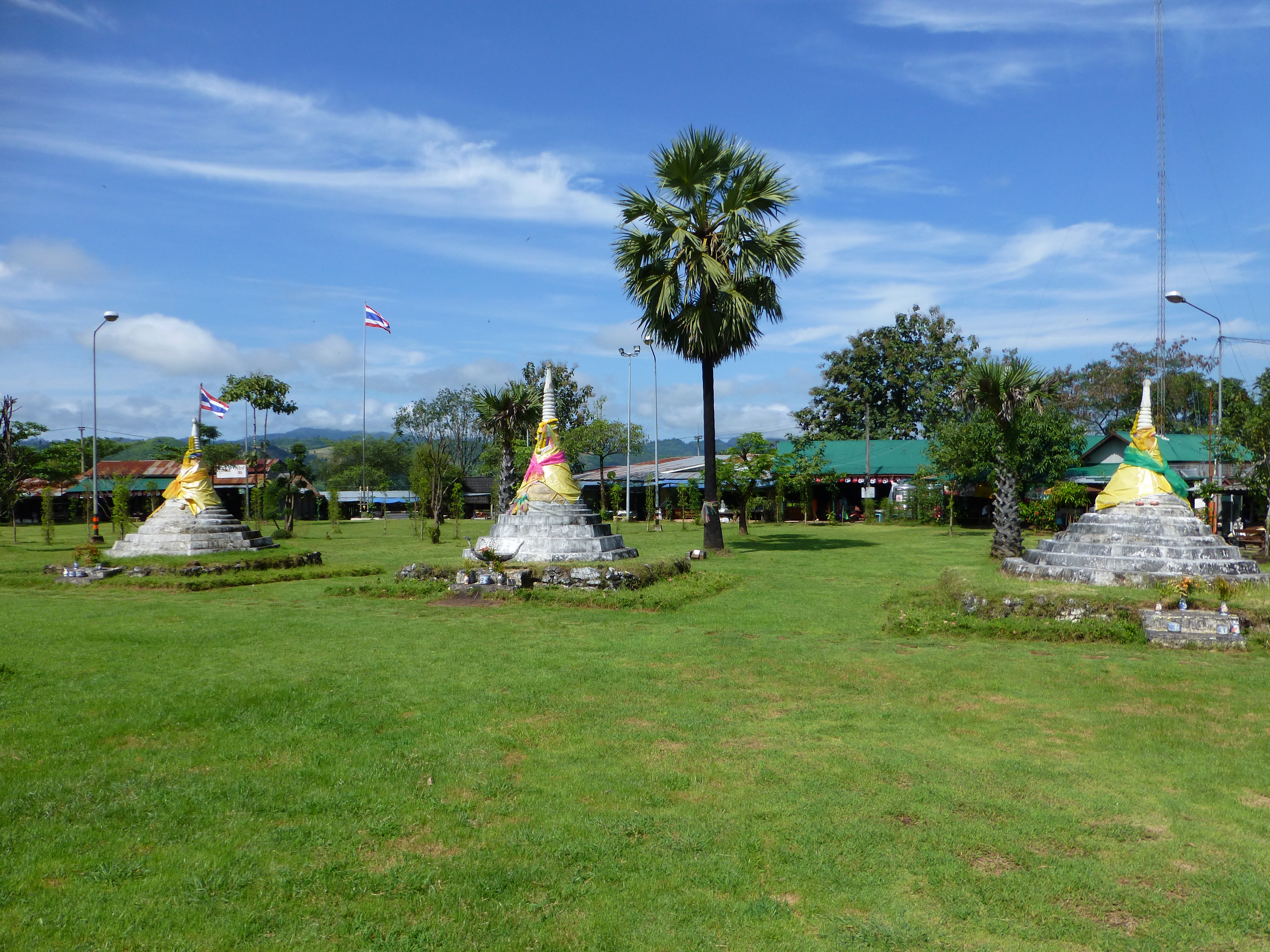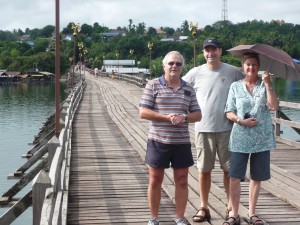One for the road
20 October….A small group of people had the unique life experience of leading young people around Europe in 1970’s and 1980’s on camping bus tours for 18-35 year olds. Through the main attractions of Europe, Scandinavia, North Africa, Eastern Europe and the Greek Islands, these tours provided a great introduction to Europe for people travelling for the first time. I had the good fortune of working for one such company and spent four fantastic years leading these tours, getting paid a pittance while travelling and meeting great people along the way. One passenger I met on a tour in 1980 was Julie, and we’re still going strong 32 years later.
Every tour guide teams up with a driver for their trip, the length of which ranged from 21 to 60 days. I ended up specializing in the longer trips and in that fateful year of 1980 teamed up with Kim, a guy from Brisbane who knew the road and all the tricks. He and I made a great partnership over many trips, covering summer and winter itineraries and hundreds of young passengers. Those memories came flooding back recently when he and his beautiful wife Penny (yes, they also met on the road) passed through Bangkok for a week of fun and reminiscing.
As it happened, Kim had a fascination with Australian involvement in Thailand during World War II and in particular the prisoners of war while Japan was building the Thailand-Burma Railway. Perfect, we thought, a great excuse for another weekend in Kanchanaburi to explore the historical sites and national parks while allowing plenty of time to catch up on many lost years, tell old stories and enjoy (more than) a few drinks together. But in a classic case of role reversal, I did all the driving while Kim rode shotgun.
The history around the building of what became known as the Death Railway connecting the Gulf of Thailand and the Andaman Sea is one of engineering prowess, forced labour, human cruelty under extreme conditions and death. Over 100,000 people died in constructing the railway, including nearly 3,000 Australians. The most visible memory of this horrible episode is the bridge over the River Kwai, made famous by Hollywood and now a key attraction to the many tourists who pay homage to those who toiled and died there.
But the Kanchanaburi Province is home to many outstanding attractions and we tried to cram in as many as possible. We visited Hellfire Pass which was the largest cut in the mountain made for the railway, and Three Pagoda Pass which marks the lowest pass on the border between Myanmar and Thailand and is where the railway passed through the mountains on the way down to the sea. Three Pagoda Pass was also famous for being the favoured path for invading Burmese over a span of five centuries and today is a closed border between these two neighbours.
We spent the night in the nearby town of Sangkhla Buri with its spectacular high wooden walking bridge connecting two sides of the town. And we explored Sai Yok National Park, one of our favourites, including a delightful lunch on a floating restaurant, and a visit to the impressive Sai Yok Noi waterfall. The weekend ended on a historical note as we visited the battleground of what has become known as the Nine Armies War where in 1786 Siam’s King Rama I gallantly defeated the invading Burmese army for the last time.
But most of the weekend, and the many days the four of us spent together in Bangkok, were highlighted by old stories, shared memories, laughter, the odd Famous Grouse and good fun. Good friendship never dies, even if it’s marked by thinner or greyer hair. And now we have no excuses not to catch up again someday.











